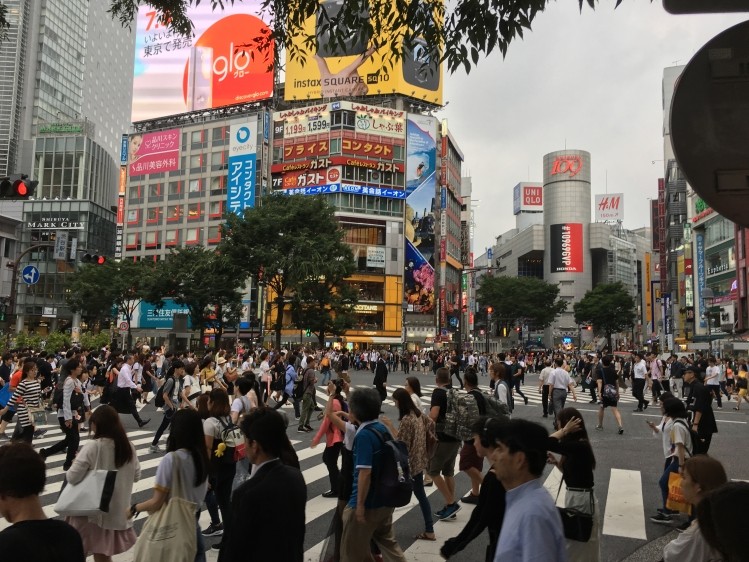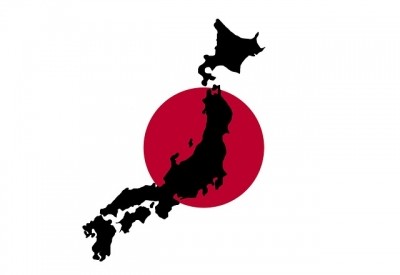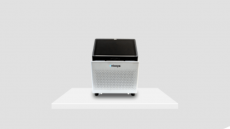Dispatches from Interphex Japan
Tokyo drift? Large molecule R&D shortfall threat to Japanese pharma, says Chugai

Japan’s R&D strategy has been compromised by a lack of investment and failure to move away from conventional drug discovery, Osamu Nagayama, CEO of Chugai Pharmaceuticals, told delegates at Interphex Japan in Tokyo today.
European and US companies began developing major biopharmaceutical products from the latter half of 1990’s while Japanese firms were still focused on small molecule drug discovery, he said. And as biologics come to dominate the blockbuster drug lists – eight of the top 10 were large molecule in 2015, compared with one a decade before – Japan’s presence in the global market diminishes.
Thus while Japan is the second largest market after the US, the country has no presence on a list of the top 15 pharmaceutical manufacturers according to 2015 revenues. (The largest Japanese firm is Takeda which is 17th globally, while Chugai as its own company is 37th and the 6th largest Japanese drugmaker).
Nagayama also suggested failures to foster biologics-based investment ventures have also placed Japan at a disadvantage to the US, where hubs on the East and West coast have been attributed to discovering many of the top-selling biologics.
And things could get worse too for the sector, he continued, as Japan is looking to address the fiscal burden of an aging population and could, by targeting drug prices without taking into account the high cost of drug discovery and development under new policies being discussed by the government.
Global partnership
One way for Japanese firms to survive in a sector biologics and precision medicine through partnerships with multinationals, and Nagayama cited Roche’s 51% acquisition of his company in 2002 as an example.
Before the takeover, Chugai was not large enough to move into the biologics space, but now the firm leverages both its Swiss parent and its other major subsidiary Genentech forming a global network and sharing research expertise and a discovery bank of around three million compounds, all the while remaining independent in terms of management and decision making, he said
As such, Chugai was able to develop and bring to market its first biologic product Actemra (tocilizumab) in 2006, and today makes 30% of all antibodies for the Japanese market and has a major bioproduction facility in Tokyo, housing 49,000L of bioreactor capacity.















